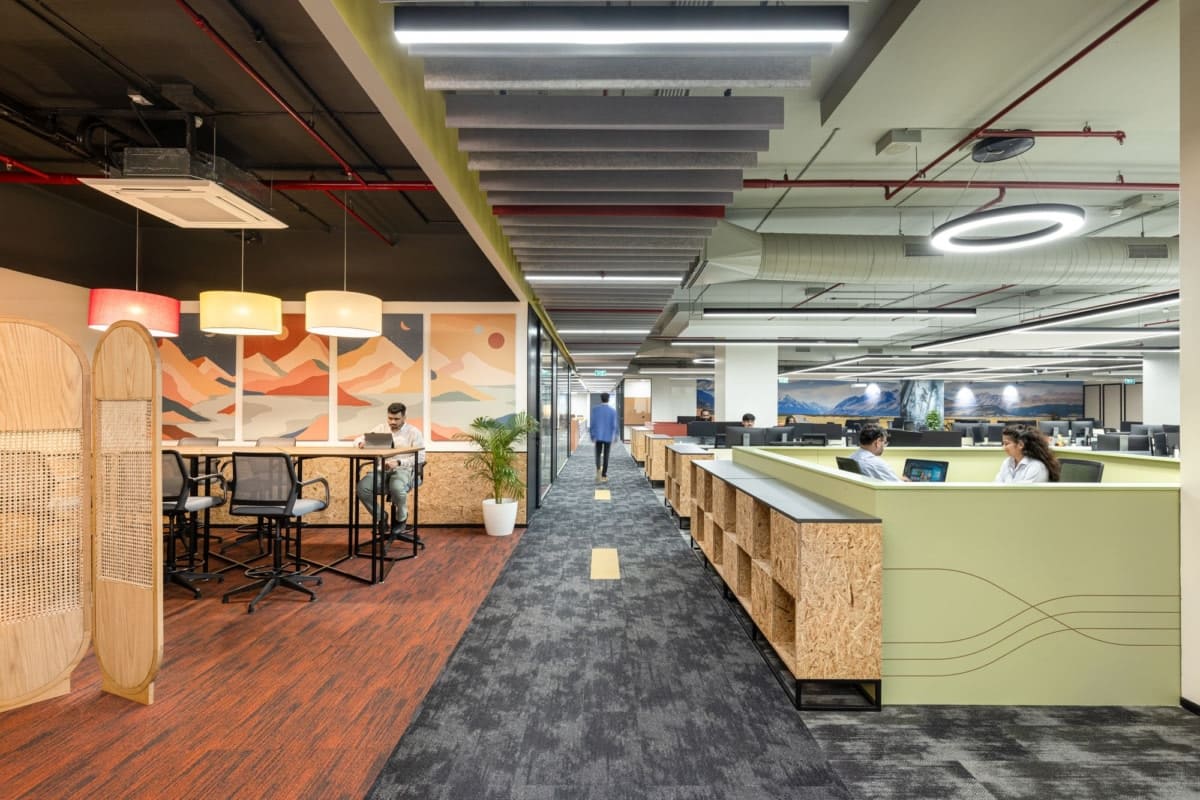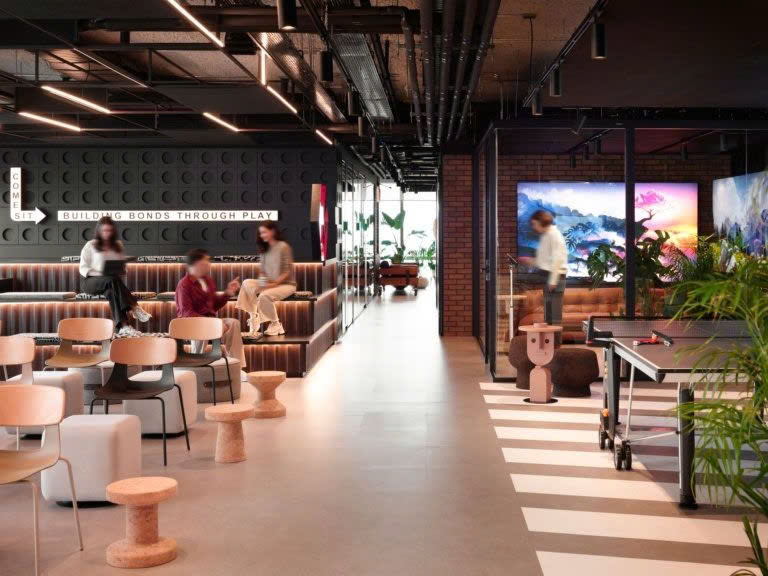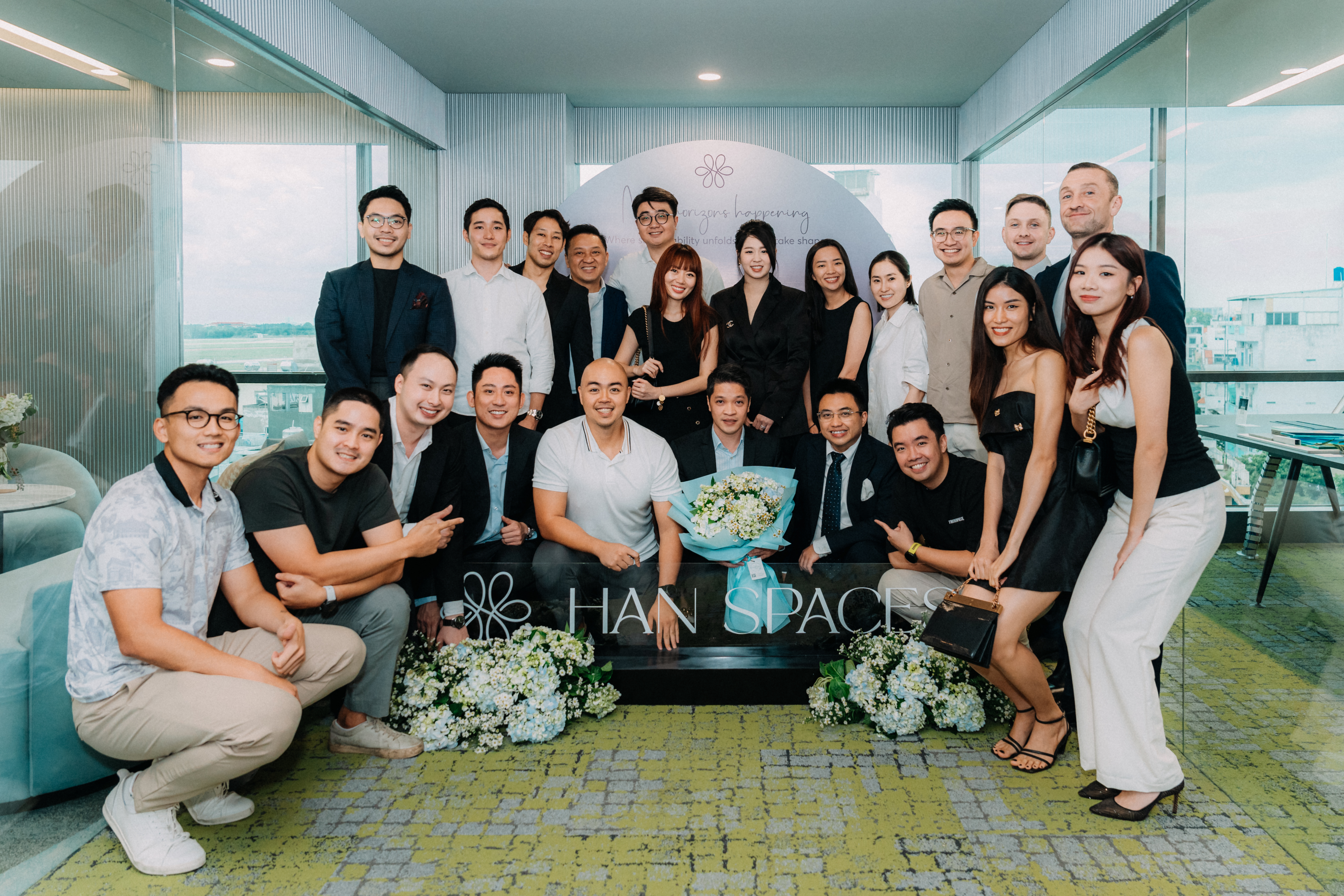Kickstart crafting a human-centric workplace for the future
A human-centric workplace that puts people first and recognizes their desires, expectations, and emotions. It’s about understanding the needs, preferences, and aspirations that drive human beings to create initiatives that genuinely promote a culture of respect, trust, and collaboration.
According to the Gartner report, in a human-centered workplace, employees are:
- 3.8 times more likely to perform productively
- 3.2 times more likely to continue working for the company
- 3.2 times more likely to experience less fatigue levels
Overall, creating a human-centric workplace helps boost employee productivity and prevent a high turnover rate. In this article, we will provide interesting insights into the benefits of a human-centric workplace and strategies to create this work environment for employees.
Benefits of a workplace that puts people first
There are an array of benefits businesses can reap when creating a workplace that puts people first. These benefits are as follows:
- Improve employee satisfaction: When working in a human-centric working environment, employees can feel valued and respected for their contributions to the organization, thus boosting their job satisfaction.
- Enhance productivity: According to a study, staff working in a human-centered workplace are 17% more productive than employees working in a conventional one. This can be attributed to increased motivation stemming from job satisfaction.
- Reduce turnover rate: Employees who are satisfied with their jobs are likely to remain longer with the company, hence saving recruitment and training costs for businesses.
How business apply the human-centric approach
Here are several methods that businesses can implement to create a workplace that truly puts people first
1. Offer workplace flexibility
Flexibility in work arrangements is beneficial for employees, with 64% expressing a desire for increased flexibility, according to a Salesforce survey. This flexibility leads to better work-life balance, allowing employees to enjoy their free time while at work. Moreover, empowering staff with greater control over their work and life fosters the development of effective time management skills. Implementing tools such as time-tracking apps further enhances employee focus and productivity.
2. Recognize employee achievement
Recognizing employee success is crucial for a human-centered workplace, creating an ideal environment where individuals feel valued, supported, and motivated. This nurtures a culture of constant improvement, positively impacting employee well-being, engagement, and business success.

To craft a human-centric workplace, recognizing employee’s success is imperative.
3. Provide development opportunities for employees
Prioritizing a human-centric approach through learning and development is essential to foster a workplace culture that prioritizes employee growth and well-being. Investing in continuous learning enables individuals to enhance their skills, accumulate knowledge, and achieve professional fulfillment. This strategy boosts employee engagement, job satisfaction, and talent retention, attracting top talent seeking ongoing career growth. Ultimately, a commitment to offering development opportunities reflects an organization’s dedication to building a culture of learning, empowerment, and growth.
4. Take care of employee well-being
Prioritizing employee wellness includes providing resources and initiatives for physical and mental well-being. Wellness initiatives such as fitness programs, mental health support, mindfulness activities, and access to healthcare, businesses demonstrate a concern for their employees’ well-being. This reduces absenteeism and turnover rates, boosting morale, engagement, and productivity. Supporting employees enhances motivation and reflects the organization’s commitment to crafting an environment where individuals thrive personally and professionally.
5. Emphasize workplace design

Workplace design matters when crafting a human-centric work environment.
The office layout has a significant impact on how employees work and interact with it. Specifically, open spaces allow employees to communicate and work together, but they also pose the risk of interruptions and distractions. In contrast, separate workspaces enable staff to work without interruption. Furthermore, the workplace also provides technology integration that supports a hybrid work model or offers spaces for conversation, group work, meetings, relaxation, mindfulness, etc. As a result, your office mix of multiple spaces caters to all the needs of your human-centric workplace.
Designing a human-centric workplace with Han Spaces

We are inspired by people and passion for creating human-centric workplaces.
At Han Spaces, we are passionate about creating experiential workplaces that put people first. To achieve this, our experienced team implements a workplace strategy to fully grasp all business aspects, their needs, requirements, and especially employee preferences and interests. To learn more about how we can assist you in crafting a human-centric workplace, reach out to us through the contact page. Our consultation team will get in touch with you as soon as possible.




